Rectus Abdominis Muscle Pain
When you feel pain lower part of the belly & tenderness in the abdominal region it is indicated as rectus abdominal muscle pain which is part of the abdominal muscle. you also feel pain or distress when you are touching the abdomen.
This pain is due to many causes like muscle damage which cause muscle strain and breaks or tears this injury also triggers bleeding and the formation of an abdominal hernia. This pain is relieved with the help of the RICE principle, pain medication, and physiotherapy treatment.
Anatomy of Rectus Abdominis Muscle
This rectus abdominis is a large muscle in the middle of the abdomen that develops from the ribs to the front of the pubic bone.
This rectus abdominis muscle spans from the pubic bone to the 5th-7th rib and the xiphoid process, which is the lowest portion of the breastbone.
The function of The rectus abdominis muscle is the flexion of the spine and increase the intraabdominal force, which is created during coughing.
The purpose of this muscle is to allow to you move the part of the body between the pelvis and rib cage.
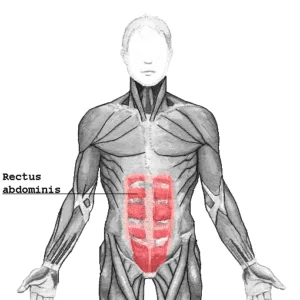
Causes of the rectus abdominis muscle pain
Muscle strain:
It is possible for it to strain is occur in the other muscles of the abdomen but most abdominal muscle strains happen in the rectus abdominis muscle of the abdominal muscle.
This strain occurs in a physical struggle and athletic movements.
The Labor-related causes of the strain involve impulsive twisting motions and the lifting of heavy things.
The Athletics-related causes of the strain involve weightlifting, engaging in skating or hockey, pole-vaulting, performing sit-ups, and swimming the breaststroke.
When you are overweight and out of shape, you also develop abdominal strain when you are performing physical movements without appropriate preparation.
In some rare cases, coughing and energetic sneezing are also triggered by an abdominal strain.
Levels of the muscle strain Injury:
This muscle strain comes in the 3 levels and degrees.
1st -degree muscle strain: rectus abdominal muscle is abnormally stretched but unchanged.
2nd -degree muscle strain: stretching is severe enough when occurs to trigger a partial muscle tear.
3rd -degree muscle strain: It occurs to complete a tear that is repeatedly involved in the separation of the muscle from associated tendons.
When occur to 3rd -a degree strain is associated with a tear in the abdominal wall, which is caused to the development of a hernia.
Postural stress:
Some postures are provided to stress the rectus abdominis muscle which produces pain in the muscle.
In the Sitting position – flexed forward position this occurs mainly due to a lack of back support.
Victim posture: crouched and slouched back and flexed forward position.
Emotional stress:
This stress increases the tension of the muscles in general, especially in all the flexors because the emotional stress is related to fear, which is caused mainly unconsciously, so the body’s reaction to fear is always the activation of the flexor muscle groups or at least an increased tension in the muscle.
Common reasons for emotional stress:
- If in an unfulfilling relationship.
- When You pursue a career you don’t like this career but can’t and don’t have the guts to quit.
- When you feel tremendous financial difficulties.
- When occur to serious condition and death of a close friend/ family member.
- All these examples put massive amounts of stress on the rectus abdominis muscle.
Active stress and trauma:
Some facts which are put strong mechanical forces on the rectus abdominal muscle:
- Extreme training of the abs
- Surgery on the stomach
- Heavy weightlifting
- Powerful activation of the abs on stool due to constipation
Some reasons which are produce trigger points of muscle pain :
- Poor posture and weak core muscle strength
- Pain arriving from organs, as a secondary symptom
- Severe period pain in women
- Endometriosis
Symptoms of the rectus abdominis muscle pain

- Damage always causes pain in the injured site.
- This pain is also produced by immobility in the muscle after a long sitting.
- This pain is also felt during sneezing, coughing, and laughing.
- This muscle pain is felt in the lower part of the belly as well as in the lower and mid back.
- You feel too inadequate and painful actions mostly of which activity require strong activation of the rectus abdominal muscles.
- When you try to bend forward.
- You also feel swellings and spam in the site of the pain.
- You always feel trigger points in the muscle pain site.
Further Symptoms which feel especially to very in people include :
- Indigestion
- Heartburn
- Stomach cramping
- Vomiting
- Feeling of fullness
- Cardiovascular chest pain which causes heart attack
- Dysmenorrhea and excessive menstrual pain
- Acute appendicitis
Treatment for the rectus abdominis muscle pain
RICE principle for rectus abdominis muscle pain
When feeling pain doctor is recommended to you RICE principle in the starting phase as a primary treatment.
R: rest- When the pain arises doctor is always recommended rest for some time for the release of muscle pain and swelling.
I: ice- You can use ice on the location of pain for 15 minutes decrease to swellings and muscle pain but always applied to the ice with the help of a towel between the skin and ice prevent to ice burn you can also be utilized to an ice pack and frozen peas for ice therapy.
C: compression- You can also use compression bandage clearance to muscle pain and swelling but it is not possible for this muscle.
E: elevation- You must be elevated to the damaged part for release to muscle pain and swellings with the help of a pillow placed beneath the feet.
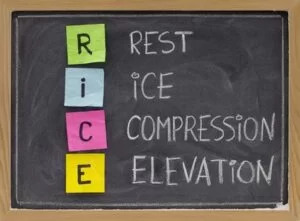
Pain medication
You can also bring non-steroidal anti-inflammatory drugs-NSAIDs like aspirin and ibuprofen [ Advil, Motrin ] which help to remove the muscle pain.
You can also use pain relief spray and gel-like volini gel and spray on the site of muscle pain release to muscle pain and swelling.
Physiotherapy treatment for the muscle pain of rectus abdominis
Physiotherapy treatment is help to remove pain, swelling, spasms, and tightness in the muscle pain.
The physiotherapy treatment contains massage, electrotherapy, stretching exercise, and strengthening exercises.
Massage:
When you attempt to massage the rectus abdominis muscle, the first difference to pain produced by to intestines.
- To check the various pain contract the muscle, but the fingers on the site you want to massage and then reduce it up again, now gently palpate the site of pain and press into the belly and try to search for tender spots.
- When you find a sore location then exert only as much pressure as required to initiate pain.
- Then contact the abs muscle again while raising the pressure on the muscle.
- When the pain becomes more harmful, it is a sign that this pain is created by the rectus abdominis muscle.
- When the pain subsides, it is indicated to visceral problem.
- The best way to massage the rectus abdominis is by lying on the back and using the finger technique.
- This suggests, you are searching for the tender spots and then massage each of them with very short and slow strokes, making sure to maintain the muscle relaxed and only focus on the tender spots.
- Always use a maximum of 12-15 strokes on each tender spot.
- For treating the trigger points, it is more useful to keep the massage sessions short and repeat them repeatedly.
Electrotherapy treatment:
To relieve the swellings, spasms, and pain therapist is instructed to you electrotherapy treatment.
In this type of electrotherapy, the treatment therapist is used to many appliances.
- Ultrasound ( US ): When the tender and trigger points are present the therapist use this modality for the release of muscle pain.
- This treatment is given with the help of gel and applied for 5-10 minutes on the site of pain.
- This therapy assists you release pain and swelling.
- Short wave diathermy ( SWD ): Short wave diathermy is hot therapy for release to spams on the location of the pain.
- Interferential Therapy ( IFT ) and Transcutaneous Electrical Nerve ( TENS ): Stimulation are applied with the help of gel and electrodes on the site of pain.
- This therapy is given for 10 minutes at the site of pain.
Exercise therapy
After following the RICE principle for 2 to 3 days and with the help of pain medication, you feel dismissed from pain.
when you feel too relaxed and release your pain then the physiotherapist is suggested to you exercise therapy relieve to muscle weakness and tightness.
This therapy includes strengthening and stretching exercises:
Strengthening exercises help you relieve muscle weakness and stretching exercise helps to you relieve muscle tightness.
Strengthening Exercises
After the follow of electrotherapy, massage releases muscle pain the physiotherapist then the therapist is suggested to you strengthening exercise release to muscle weakness.
This strengthening exercise is always recommended when you feel relaxed about pain.
This all-strengthening exercise is helpful to you with muscle weakness and pain:
- Abdominal crunch
- Plank
- Abdominal roller
- Forearm Plank
- Reverse Crunch
- Scissor Flutter Kicks
- Toe Taps
- Jack Knife Crunch
Abdominal crunch:
The patient’s position is lying on the back with the knee joint flexed.
Put the hands behind the neck but don’t pull the neck forwards and then raise the head, neck, and shoulders off the floor and slide the hands up, towards the knee joint.
Must be Try to keep the same gap between the chin and chest to avoid straining the neck.
Then slowly back to the starting position, do this exercise 5 times in 1 session and 3 sessions/day.
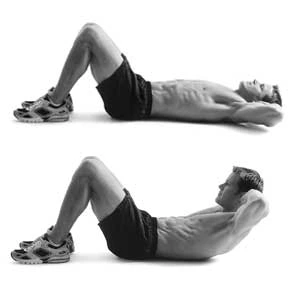
Plank:
The patient’s position is in a push-up position and raises the body so that the elbows and joints are completely straight.
The hands are should be facing straight forwards.
Inhale and engage the core.
As of exhale position, float one leg upwards so that it is in line with the back.
Then toes on the lifted leg should be pointing out from the body.
Then back the leg to the start position after one breath & repeat with the opposite leg, do this exercise 5 times in 1 session & 3 sessions/day.
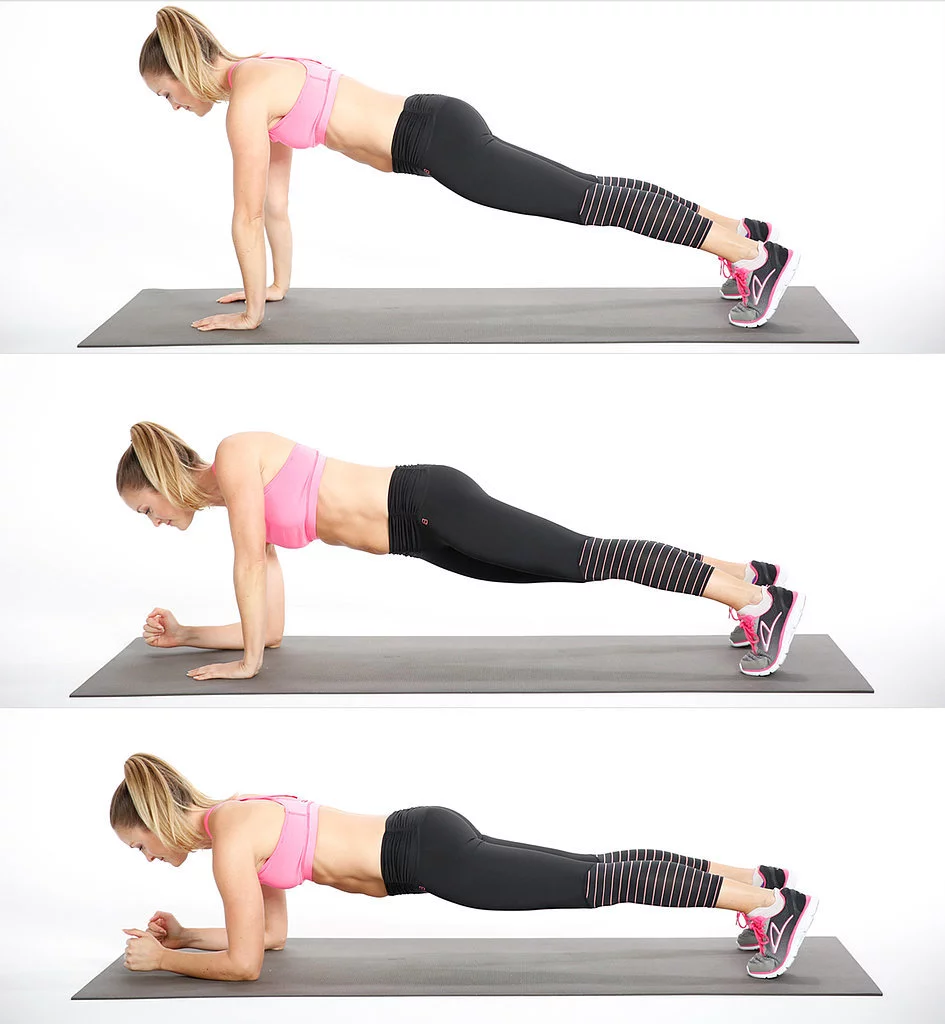
Abdominal roller:
It is an advanced exercise and should only be done later in the exercise program.
The athlete is pushed the roller out whilst on hands and knees.
Then maintain the stretched-out position shortly then back to the starting position, do the 5 times in 1 session and 3 sessions/day.
Forearm Plank:
the patient’s position is in lying down with your forearms on the ground.
The elbow joint beneath the shoulders and legs is extended behind you.
Rise on the toes so that only the forearms and toes touch the ground.
Put the body in a straight line a few inches off the ground.
Bring to belly button to the spine, by contracting the deep abdominal muscles and tightening the buttocks and upper body, do the 5 times in 1 session and 3 sessions/day.
Reverse Crunch:
You are lying down on the back with the knee joint flexed and thighs perpendicular to the floor, hands at the sides, and feet on the ground.
Contract the abdominal muscles and lift the hips toward your rib cage.
Then lift the tailbone off the floor and bring the knee joint towards the chest.
Maintain this position for 10 counts and slowly lower return to starting position, do the 5 times in 1 session and 3 sessions/day.
Scissor Flutter Kicks:
The patient’s position is lying down on the back with the legs extended and arms by your sides.
Using an exercise mat help relieve the pressure on the lower back, then press the lower back into the mat and tuck the pelvis.
Lift both legs off the mat, approximately 5-6 inches to 9-10 inches from the ground.
You should not feel pain in the lower back and lower leg toward the ground.
When the leg gets close to the ground then raise the other leg.
After then continue scissoring the legs by gradually switching them up and down, do the 5 times in 1 session and 3 sessions/day.
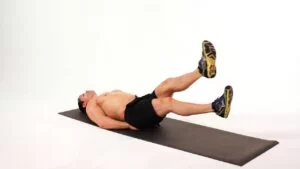
Toe Taps:
The patient’s position is in lying down on the back with the knees flexed and feet lifted into a tabletop position.
Then press the lower back into the mat and engage the core.
Then gradually lower the right foot till the toe taps the ground.
The foot is put in a bent position.
Tighten the abdominal muscles and raise the right foot back up to the tabletop, do the 5 times in 1 session and 3 sessions/day.
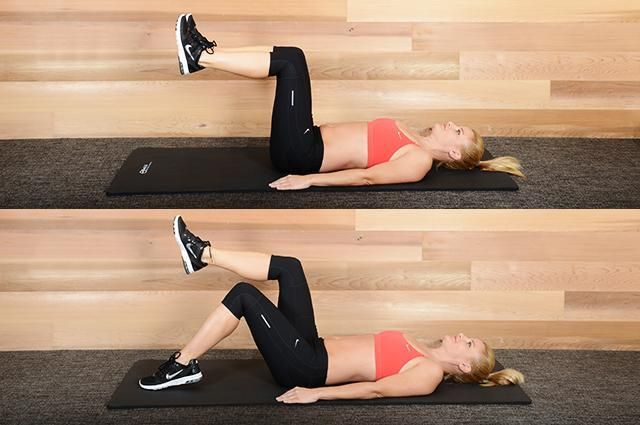
Jack Knife Crunch:
The patient’s position is lying flat on an exercise mat and extending the arms straight back behind the head.
Flex the spine and at the same time, lift the legs and arms to meet in a closed jackknife position.
Then exhale on the way up and inhale on the way down, make sure not to arch the back when dropping the leg
And then try to maintain the neck in one line with the back.
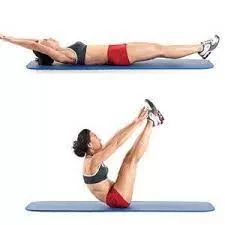
Stretching exercise:
After the follow of electrotherapy for the release of muscle pain by the physiotherapist then the therapist is recommended to stretch reduce to muscle tightness.
This stretching is applied when your pain is removed.
Stretching exercise is helpful to you for release to muscle pain and tightness:
- Basic Standing Stretch
- Belly Down Stretch
- Stability Ball Backbend
Basic Standing Stretch:
This exercise is the primary stretch for the rectus abdominis muscle.
The patient’s position is in standing tall with your feet together and raising your arms over your head, then your fingers are extended so the palms of your hands are facing the roof.
Then lift the chest as you arch your back, must maintain the arms extended toward the roof as you move the arms behind the head.
Maintain this exercise position for 10 seconds and rest for 20 seconds.
Do this exercise 3 times in 1 time and 3 times/day.

Belly Down Stretch:
This stretching is generally known as the Cobra pose in yoga.
The patient’s position is in lying on the stomach indicates a prone position with the legs extended behind you so that the tops of the feet are in contact with the ground.
Flex the elbow joint and place the palms close to the body or flat on the floor even with the chest.
While most keep the front of the pelvis in close contact with the floor.
Then stretch the elbow joint so that the back arches and the front of the body lift from the floor.
Pull the shoulder joint back as you push your chest up.
Must head stays in a neutral position as the eyes directly face the wall in front of you.
Arms support the body, so be sure to keep the abdominals and back relaxed for the duration of the stretch.
Maintain this stretching position for 10 seconds and rest for 20 seconds.
Do this exercise 3 times in 1 time and 3 times/day.
Stability Ball Back-bend:
This stretch allows you to perform a back-bend while delivering body-weight support.
For equilibrium, this stretch is performed with the ball next to a wall.
The patient’s position is in lying with the back over the stability ball so both the upper and lower back is touching the ball.
Legs are spread, which is provide greater balance during the stretch and increases the size of your base.
After then Stretch the arms behind so that the palms touch the ground and the fingers are facing the stability ball.
Allow the body to fall deeper into the stretch by resting the abdominals and back as they take the shape of the ball.
Maintain this stretching position for 10 seconds and rest for 20 seconds.
do, this exercise 3 times in 1 time and 3 times/day.
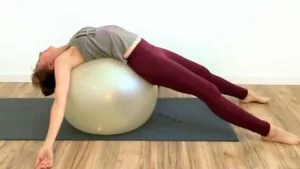
FAQ
What causes tight rectus abdominis?
Trigger points can form in the rectus abdominis muscle due to visceral disorder, direct trauma, emotional stress, poor posture & over-exercise. Instances of trauma include surgery in the site or damage to the muscle during a motor vehicle accident.
How long does rectus abdominis pain take time to heal?
The required healing time for a muscle tear is around 3 to 6 weeks for complete recovery but is dependent on the extent of the lesion.
What causes rectus abdominis spasms?
The abdominal muscles can have spasms just like your other muscles. This can come from muscle tension during heavy use or overuse, fatigue, dehydration, & alcohol or drug use. Athletes often have abdominal muscle strain, which can lead to muscle spasms.
What could damage your rectus abdominis?
Rectus abdominis is generally injured during sporting movements involving sudden acceleration or deceleration actions. There are several reasons which may contribute to a muscle strain occurring: A poor warm-up and or cool-down. Insufficient core stability and control.
Can get a hernia in your rectus abdominis?
Spigelian hernias happen via a weakness of the lateral rectus abdominis sheath at its margin with the oblique muscles, linea semilunaris at the point where the inferior epigastric vessels penetrate the rectus sheath.

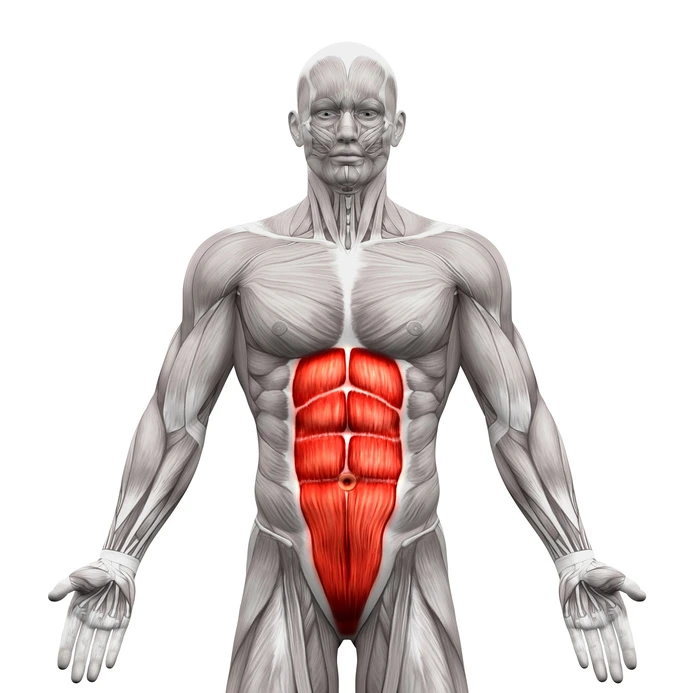
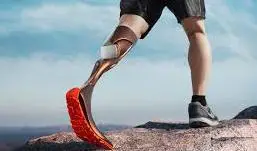
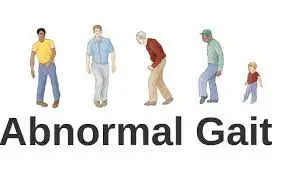
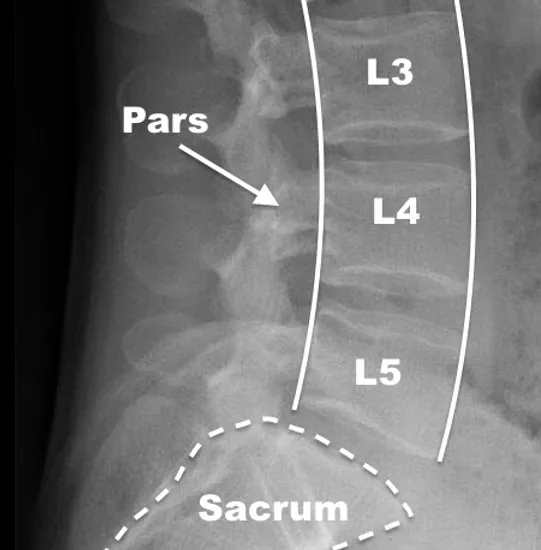
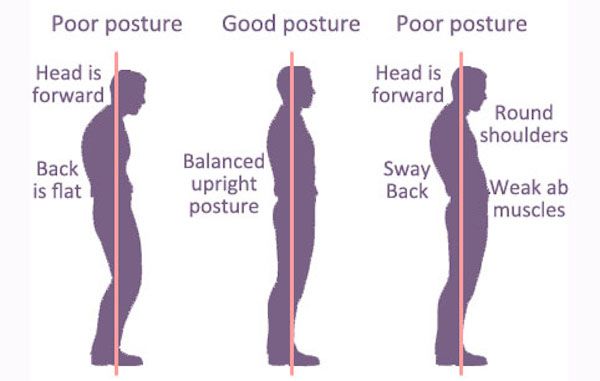
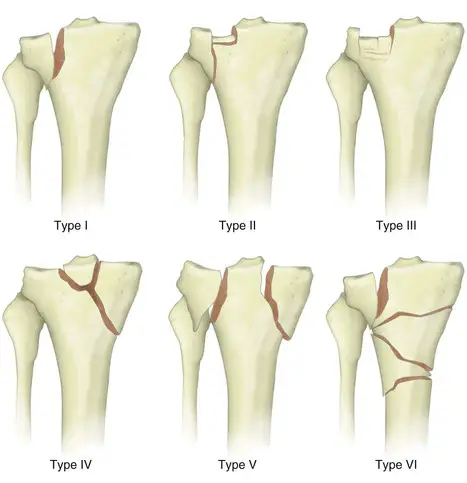

3 Comments